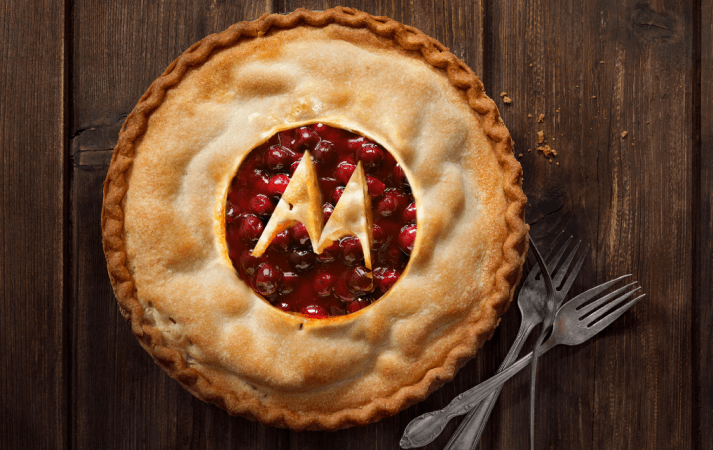
Lenovo-owned Motorola had revealed the list of Moto series phones eligible for the latest Android Pie update last week.
The company has confirmed to roll-out new software to the Moto Z3, Z3 Play, Moto Z2, Z2 Force, Z2 Play, Moto X4, Moto G6, G6 Play and G6 Plus.
Motorola, in a bid to make it user-friendly and standout among rivals, has also opened dedicated region-specific software help website for Motorola device owners and keep track on when they will receive Google's pastry dough sweet treat-flavoured mobile OS.
However, Motorola is expected to add more devices in the list, as the 2018-series phones—Moto E5 Plus, E5, E5 Play and popular Moto G5s, G5s Plus, G5 and the G5 Plus are missing. The company will face the backlash similar to 2017 incident.
Last year, Motorola had faced severe backlash by fans and device owners on social media platforms for not releasing Android Oreo to the Moto G4 series. But, after getting panned online, it agreed to release the software update to the mid-range phones. Motorola was forced to offer Android Oreo for the Moto G4 series.
Here's how to check when your Moto series phone will get Android Pie:
Interested Motorola smartphone users can log into the official company support page – HERE (US), (HERE)Latin America, Mexico and Caribbean, HERE (France), HERE (United Kingdom) HERE (Other Europe, Middle East and Africa), (HERE) Asia Pacific and HERE(India) to track the Android Oreo OS release status in real time.
Other global region users can log in HERE, select your area and device and get the Android Pie software release status.
What's coming in Android 9 Pie?
Google has incorporated several new features in addition to security upgrades in the Pie over the Android Oreo series. The new software will be coming with full-view screen friendly swipe-based navigation interface option, revamped setting drawer, adaptive battery and display, extend battery life and several more.
After taking note of the recent psychological research studies about people's obsession with phones, especially among young adults, the Android team has added 'Dashboard'. This feature documents the user activities and tells how he or she can use their phone and make any adjustments they'd like along the way.
Android 9 Pie also makes notifications even more useful and more actionable functionalities with conversations such as attach photos and stickers, and even suggest smart replies.
Device after upgrading to the Android 9 will be secure, as it will restrict any apps accessing users' phone's microphone, camera, or other sensors when an app is idle or running in the background. (If an app does need to access a sensor, it will show a persistent notification on your phone.)
The new Android 9 also brings important improvements that protect all web communications and offer private web surfing. It also enables encryption of Android backups with a client-side secret (the device PIN, pattern or password) for greater security.
Android 9 also introduces a number of new security features, including a standardized biometric authentication prompt to provide a more consistent authentication experience across Android.








